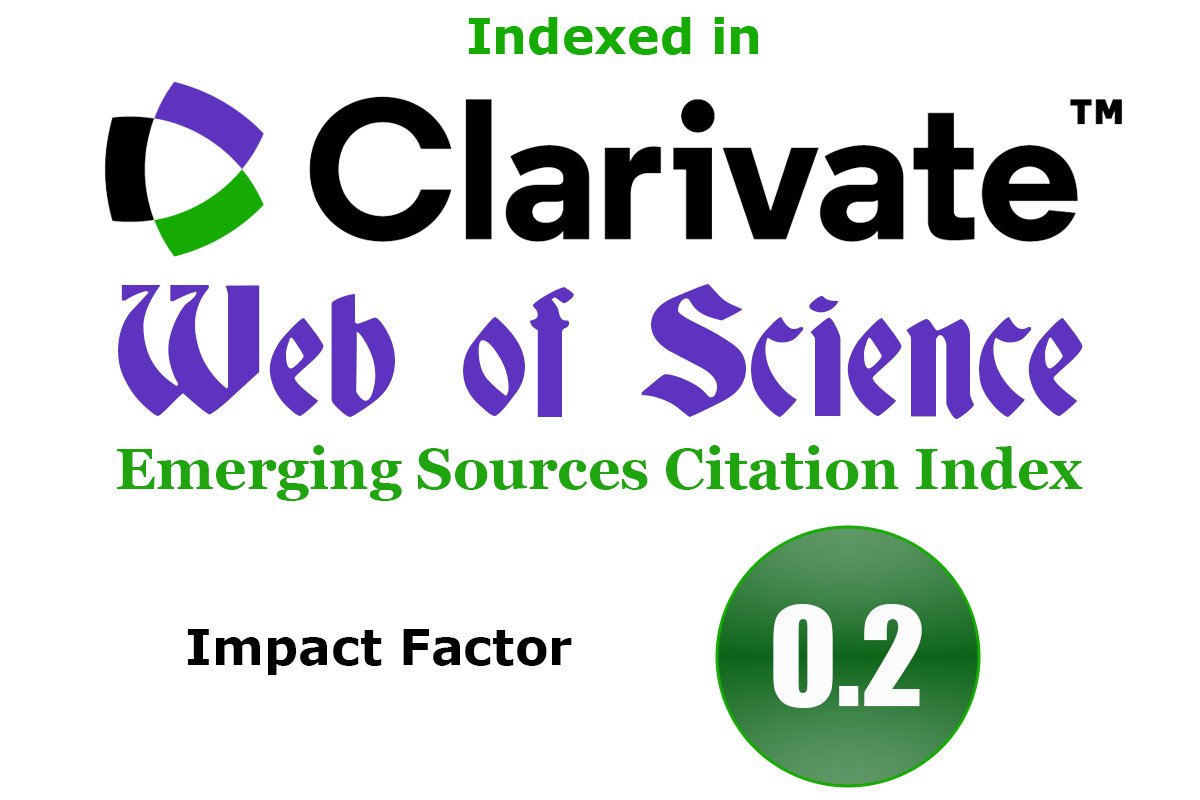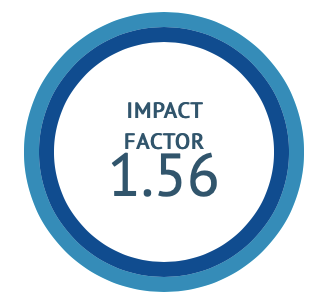Phytochemical Study And Evaluation of Pediculicidal Activity of Herbal Plant Extracts of Pongamia pinnata, Annona squamosa, Tephrosispurpurea, Cassia obtusifolia and Melaleuca alternifolia
DOI:
https://doi.org/10.47552/ijam.v16i3.5783Keywords:
Phytochemical Screening, Plant Extracts, Anti-lice Activity, Pediculosis, Bioactive CompoundsAbstract
Background: Head louse (Pediculus humanus capitis) infestation is a significant public health issue in humans. Lice are becoming increasingly resistant to pediculicidal drugs; anti-lice chemicals have lost their efficacy, and hence substitutes for these drugs from medicinal plants have been proposed to treat lice infections. Objective: In this study report plant extracts from Annona squamosa (custard apple) (Family: Annonaceae) seed, Cassia obtusifolia (senna, sonamukhi) (Family: Leguminosae) seeds, Melaleuca alternifolia (tea tree) (Family: Myrtaceae) leaves, Pongamia pinnata (karanj) (Family: Fabaceae) leaves, and Tephrosia purpurea (unhali) (Linn.) (Family: Fabaceae) seeds were tested against the head louse. Method: Active constituents from leaves and seeds of medicinal plants were extracted using petroleum ether. The lice mortality time was assessed with the diffusion bioassay method using filter paper. Extracts of different concentrations (5% w/v, 10%w/v, 20% w/v, 30% w/v, 40% w/v, and 50%w/v) were analyzed for mortality. Result: Preliminary phytochemical screening showed the occurrence of bioactive compounds, especially carbohydrates, tannins, proteins, alkaloids, saponins, flavonoids and steroids in all extracts. The results were compared with chemical pediculicide (positive control; 1% w/w licel). Conclusion: The finding revealed plant extracts possess anti-lice activity at a concentration of 50% v/v.
Downloads
Published
How to Cite
Issue
Section
License
Copyright (c) 2025 International Journal of Ayurvedic Medicine

This work is licensed under a Creative Commons Attribution-NonCommercial-ShareAlike 4.0 International License.
The author hereby transfers, assigns, or conveys all copyright ownership to the International Journal of Ayurvedic Medicine (IJAM). By this transfer, the article becomes the property of the IJAM and may not be published elsewhere without written permission from the IJAM.
This transfer of copyright also implies transfer of rights for printed, electronic, microfilm, and facsimile publication. No royalty or other monetary compensation will be received for transferring the copyright of the article to the IJAM.
The IJAM, in turn, grants each author the right to republish the article in any book for which he or she is the author or editor, without paying royalties to the IJAM, subject to the express conditions that (a) the author notify IJAM in advance in writing of this republication and (b) a credit line attributes the original publication to IJAM.




